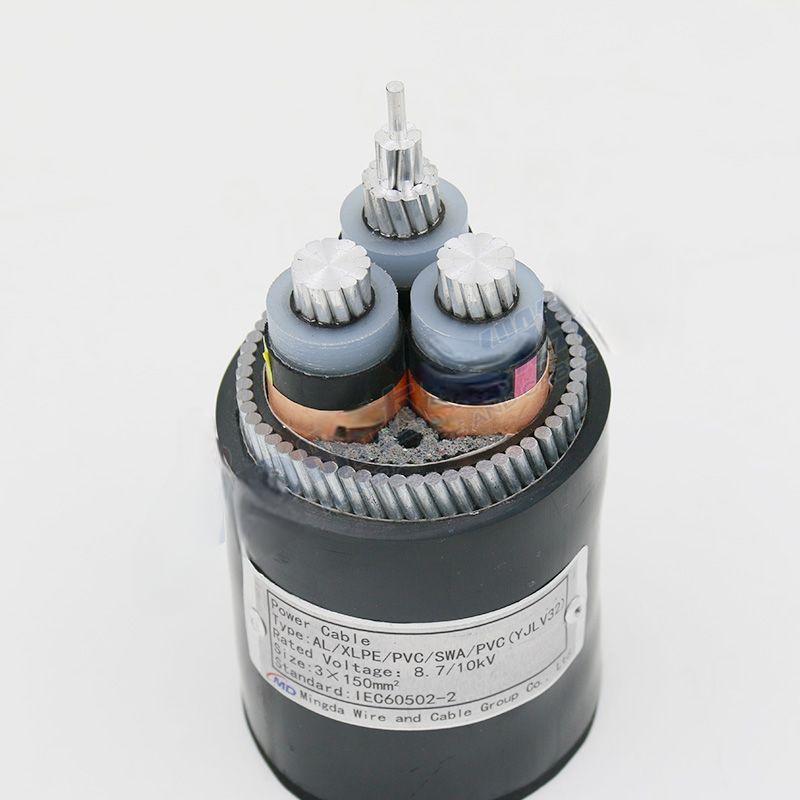Aug . 29, 2024 16:03 Back to list
3 way air valve
Understanding 3-Way Air Valves Function and Applications
3-way air valves are essential components in various pneumatic systems, acting as crucial regulators and controllers of airflow. These valves are designed to manage the direction of air in a system, allowing for precise control over different operations. Whether used in industrial machinery, HVAC systems, or any application requiring pneumatic control, understanding the functionality and advantages of 3-way air valves can enhance efficiency and effectiveness across numerous industries.
What is a 3-Way Air Valve?
A 3-way air valve is characterized by its three ports one inlet and two outlets. This design allows it to either direct airflow from the inlet to one of the two outlets or to switch between the two outlets. The configuration can be either a normally open or a normally closed valve, depending on the application requirements. The versatility of 3-way air valves makes them suitable for tasks such as diverting airflow, controlling pressure, or regulating the actuation of pneumatic cylinders.
How Does It Work?
The operation of a 3-way air valve is relatively simple. When air is introduced into the valve, the internal mechanism, typically a spool or diaphragm, determines the pathway. In a basic setup, when the spool is shifted, air can flow from the inlet to one outlet, effectively activating one part of a pneumatic system while closing off the other. This switching can be controlled manually or automatically, depending on the design and application.
For instance, in a pneumatic actuator system, a 3-way valve can be employed to alternate the direction of movement in a cylinder. By controlling which side of the cylinder is pressurized, the valve allows for precise movement, enabling complex automation tasks.
Advantages of 3-Way Air Valves
3 way air valve

Several benefits make 3-way air valves a popular choice in many applications
1. Versatility 3-way air valves can be used for various functions, including switching, diverting, and mixing air streams, making them ideal for diverse applications.
2. Space Efficiency With the ability to control multiple air pathways from a single valve, they save space and reduce the need for additional components in a system.
3. Ease of Control The simple design and operation allow for easy integration into automated systems, providing flexibility for control mechanisms.
4. Reliable Performance Constructed from durable materials, 3-way air valves are designed to withstand the rigors of industrial environments, ensuring long-lasting performance and minimal maintenance.
Applications of 3-Way Air Valves
3-way air valves find applications across various sectors. In manufacturing, they help control pneumatic tools and machinery. In HVAC systems, they regulate airflow to maintain temperature and humidity levels. They are also common in automation systems, facilitating the operation of robots and assembly lines.
In conclusion, 3-way air valves serve as invaluable components in pneumatic systems, providing control over air direction and flow with remarkable efficiency. Their versatility, reliability, and ease of control make them suitable for a broad range of applications. Understanding their function and benefits can aid engineers and technicians in designing more efficient systems, ultimately enhancing productivity and performance in various sectors. Whether in manufacturing, HVAC, or automation, the inclusion of 3-way air valves is likely to optimize operations and ensure seamless functionality.
Share
-
Reliable Wafer Type Butterfly Valves for Every IndustryNewsJul.25,2025
-
Reliable Flow Control Begins with the Right Ball Check ValveNewsJul.25,2025
-
Precision Flow Control Starts with Quality ValvesNewsJul.25,2025
-
Industrial Flow Control ReliabilityNewsJul.25,2025
-
Engineered for Efficiency Gate Valves That Power Industrial PerformanceNewsJul.25,2025
-
Empowering Infrastructure Through Quality ManufacturingNewsJul.25,2025